Breakfast in Ensenada has many players, but Clara on Primera and Miramar knows how to steal the show. It’s not …
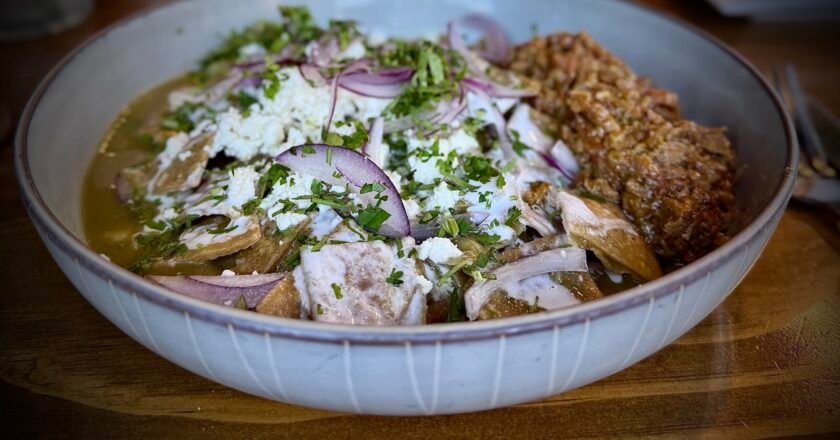

Breakfast in Ensenada has many players, but Clara on Primera and Miramar knows how to steal the show. It’s not …
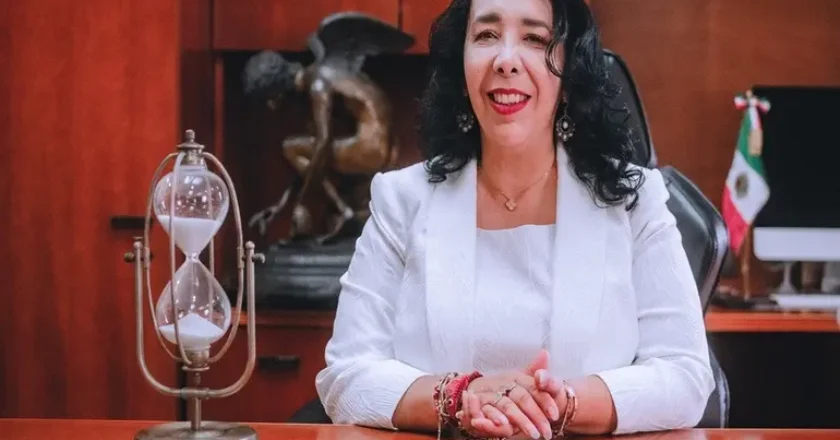
Washington woke up with a list and Rosarito’s former mayor was on it. The U.S. Treasury’s Office of Foreign Assets …

A Valley That Knows How to Party Ensenada doesn’t believe in half-measures. When this city decides to celebrate, it pours …

High-stake Negotiations Faulter Water Watch Editorial, Part 1 Time is running out for Baja and the seven states that are …
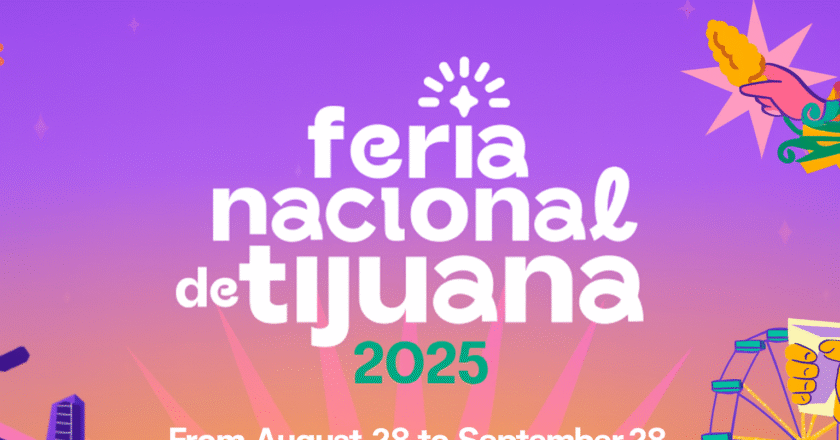
The wait is over. Tijuana’s biggest family party of the year is back, bigger and louder than ever. From August …

Shrimp season is back, and Baja California is ready to cast its nets. The National Closed Season Committee just marked …
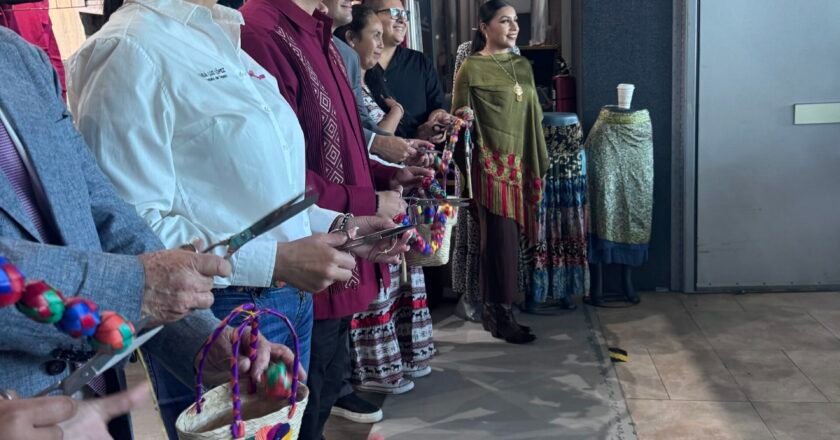
A Ribbon Cut with Soul At exactly 12:30 p.m. on September 12, the air at the Baja California Center wasn’t …
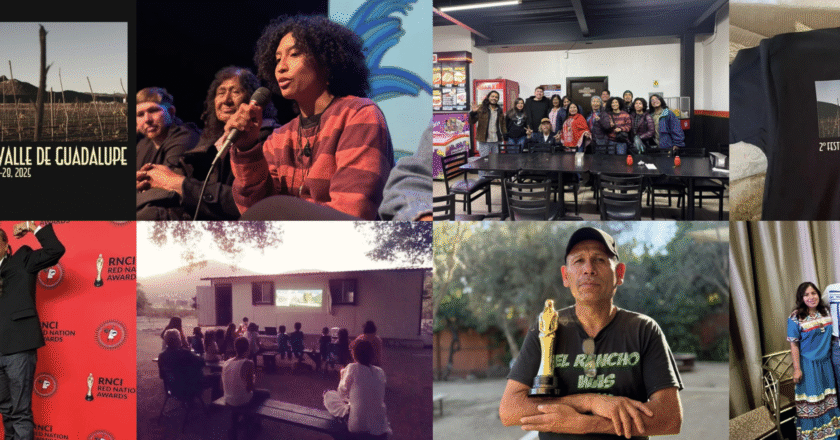
A festival worth swirling over I’ve never been to a film festival like this—and honestly? It looks amazing. From September …
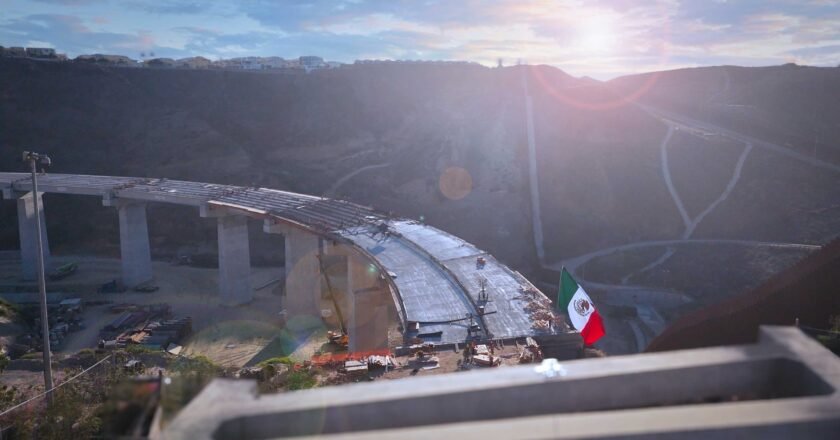
Tijuana’s sky-high road project is nearly finished—91% complete, to be exact. But it comes with a twist: the elevated viaduct …

For the first time in its nearly six-decade history, the legendary Baja 1000 will both start and finish in Los …